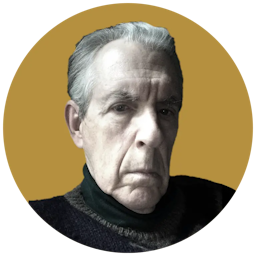The Dancing Master
This article is from the archive of The New York Sun before the launch of its new website in 2022. The Sun has neither altered nor updated such articles but will seek to correct any errors, mis-categorizations or other problems introduced during transfer.

Can there be too much of a good thing when it comes to biography? If there is someone Amanda Vaill did not interview, if there is a document she overlooked, if there is an archive or other source of information she could not access, it is news to me. I have to second Terry Teachout’s claim, “I can’t imagine a better book about Robbins ever being written.”
Please check your email.
A verification code has been sent to
Didn't get a code? Click to resend.
To continue reading, please select:
Enter your email to read for FREE
Get 1 FREE article
Join the Sun for a PENNY A DAY
$0.01/day for 60 days
Cancel anytime
100% ad free experience
Unlimited article and commenting access
Full annual dues ($120) billed after 60 days

